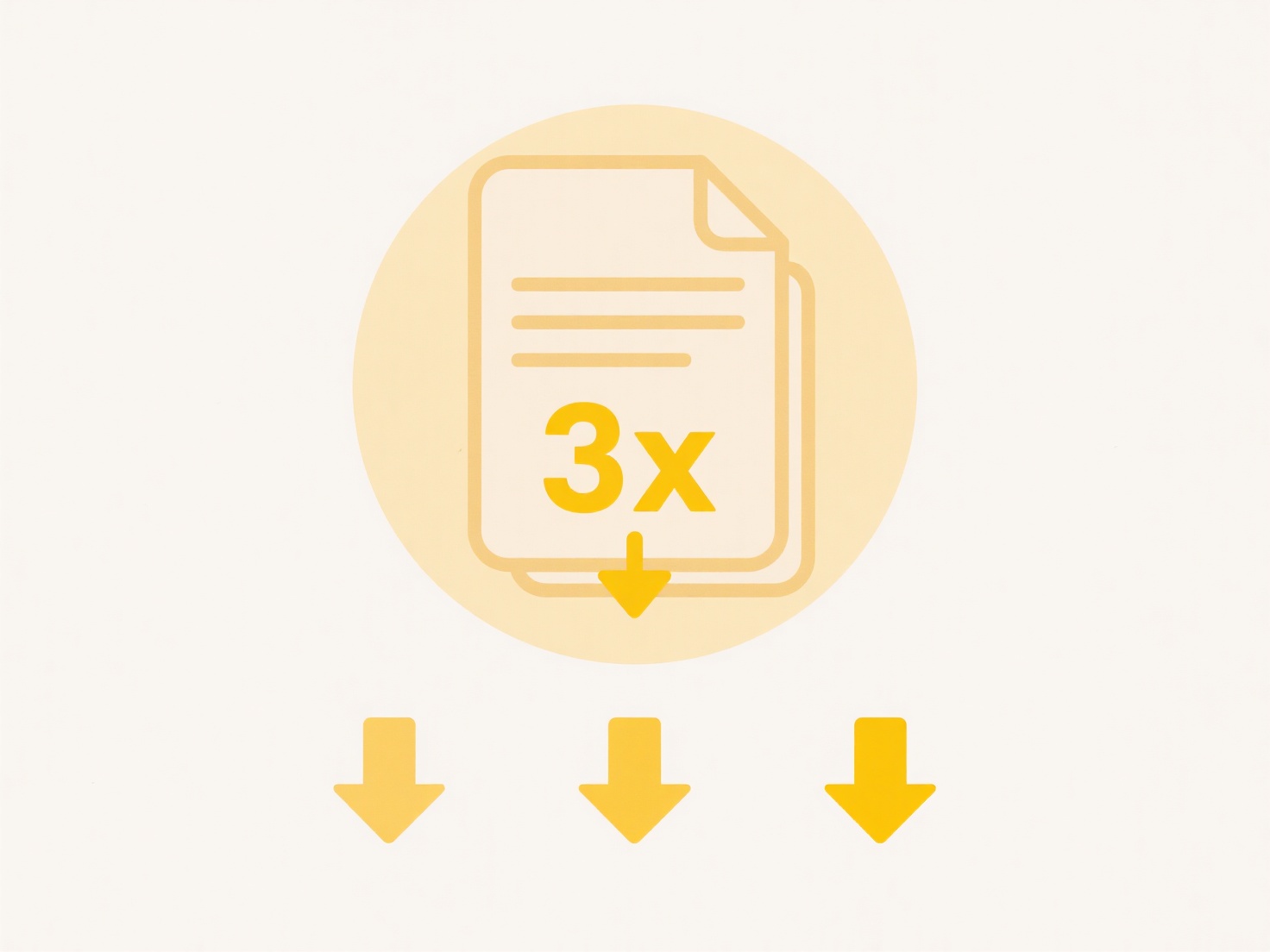
Duplicate files occur when identical copies of a file exist within a storage system. While cloud storage providers themselves often use sophisticated deduplication techniques internally to save space, users frequently create visible duplicates through their actions. This happens because cloud storage emphasizes easy access and collaboration: saving the same file to different locations, creating new versions intentionally, or syncing errors can result in multiple copies appearing within the user's accessible storage space. Unlike local drives where users might manage files more manually, cloud workflows can inadvertently encourage duplication.
For example, collaborative tools like Google Docs might lead users to create a copy ("Make a copy" feature) to work separately on a document, leaving the original intact. Similarly, syncing applications like iCloud Drive or OneDrive can sometimes create duplicate copies if files are moved outside the watched folder structure or if conflicts arise during synchronization across multiple devices.

The primary limitation is inefficient storage usage from the user's perspective, potentially increasing costs or causing clutter. While intentional duplication aids collaboration and versioning, excessive unintended duplicates waste resources. Future tools increasingly focus on helping users detect and manage their own duplicate files to improve organization and efficiency in cloud environments.
Are duplicate files more common with cloud storage?
Duplicate files occur when identical copies of a file exist within a storage system. While cloud storage providers themselves often use sophisticated deduplication techniques internally to save space, users frequently create visible duplicates through their actions. This happens because cloud storage emphasizes easy access and collaboration: saving the same file to different locations, creating new versions intentionally, or syncing errors can result in multiple copies appearing within the user's accessible storage space. Unlike local drives where users might manage files more manually, cloud workflows can inadvertently encourage duplication.
For example, collaborative tools like Google Docs might lead users to create a copy ("Make a copy" feature) to work separately on a document, leaving the original intact. Similarly, syncing applications like iCloud Drive or OneDrive can sometimes create duplicate copies if files are moved outside the watched folder structure or if conflicts arise during synchronization across multiple devices.

The primary limitation is inefficient storage usage from the user's perspective, potentially increasing costs or causing clutter. While intentional duplication aids collaboration and versioning, excessive unintended duplicates waste resources. Future tools increasingly focus on helping users detect and manage their own duplicate files to improve organization and efficiency in cloud environments.
Quick Article Links
Can I set fallback rules if Wisfile fails to recognize a file correctly?
Can I set fallback rules if Wisfile fails to recognize a file correctly? Wisfile's customizable rule system lets you d...
Why does mobile file search not show certain types?
Mobile file search on your device doesn't display all file types primarily because of indexing restrictions and file vis...
Why do files from websites say “unsupported format”?
A file displays "unsupported format" when your browser or device cannot recognize, open, or interpret its specific data ...